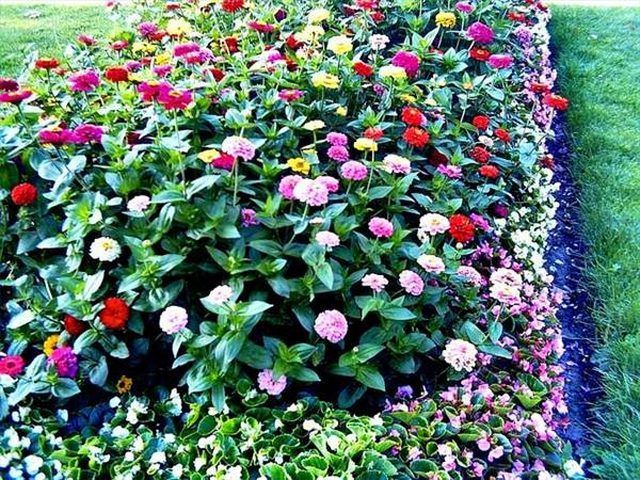Bulbs
Flower Basics
Flower Beds & Specialty Gardens
Flower Garden
Garden Furniture
Garden Gnomes
Garden Seeds
Garden Sheds
Garden Statues
Garden Tools & Supplies
Gardening Basics
Green & Organic
Groundcovers & Vines
Growing Annuals
Growing Basil
Growing Beans
Growing Berries
Growing Blueberries
Growing Cactus
Growing Corn
Growing Cotton
Growing Edibles
Growing Flowers
Growing Garlic
Growing Grapes
Growing Grass
Growing Herbs
Growing Jasmine
Growing Mint
Growing Mushrooms
Orchids
Growing Peanuts
Growing Perennials
Growing Plants
Growing Rosemary
Growing Roses
Growing Strawberries
Growing Sunflowers
Growing Thyme
Growing Tomatoes
Growing Tulips
Growing Vegetables
Herb Basics
Herb Garden
Indoor Growing
Landscaping Basics
Landscaping Patios
Landscaping Plants
Landscaping Shrubs
Landscaping Trees
Landscaping Walks & Pathways
Lawn Basics
Lawn Maintenance
Lawn Mowers
Lawn Ornaments
Lawn Planting
Lawn Tools
Outdoor Growing
Overall Landscape Planning
Pests, Weeds & Problems
Plant Basics
Rock Garden
Rose Garden
Shrubs
Soil
Specialty Gardens
Trees
Vegetable Garden
Yard Maintenance
How to Grow Zinnia Flowers From Seeds
How to Grow Zinnia Flowers From Seeds. Zinnias range in size from tiny 6-to-8-inch dwarf varieties to towering 3-foot plants. Available in fiery reds, yellows, orange and pink, zinnias grow quickly, making them an ideal flower for beginning gardeners. These delightful single- and double-blooming flowers originated in Mexico and are grown as annuals...

Zinnias range in size from tiny 6-to-8-inch dwarf varieties to towering 3-foot plants. Available in fiery reds, yellows, orange and pink, zinnias grow quickly, making them an ideal flower for beginning gardeners. These delightful single- and double-blooming flowers originated in Mexico and are grown as annuals throughout the United States. Dwarf varieties make excellent borders along walkways and provide a splash of color tucked into small corners. Larger varieties make a striking backdrop for flowerbeds.
Things You'll Need
Zinnia seeds
Seed starter
Compost/well-rotted manure
Garden tools
Prepare a bed for zinnias that receives full sun, defined as six to eight hours of direct sunlight per day. Till the soil to a depth of eight inches and add well-composted manure or compost to increase aeration and improve drainage.
Plant zinnias within four weeks prior to the last expected frost. Sow two seeds per pot in moist seed starter. Set in a warm location such as the top of a water heater or the TV to provide bottom heat to speed germination. Seedlings emerge in three to five days depending on the temperature of the soil. Once seedlings have emerged and have developed the second set of leaves, thin to one plant per pot. Transplant to a permanent location after the soil has warmed and all danger of frost has passed. Zinnias are finicky and do not like their roots disturbed, use caution when transplanting.
Sow seeds directly in their permanent location in late spring after the soil has warmed and frost has passed. Space plants 9 to 12 inches apart. Larger varieties may require more room. Always follow the planting and spacing guide for your particular variety. Commercial packaging generally provides adequate instructions for planting and spacing on the back of the seed packet. Cover lightly with soil and keep evenly moist until seeds germinate.
Water regularly until the plants are established. Although they do not generally require watering and survive nicely under normal weather conditions, additional water may be needed during dry periods. Monitor for signs of excessively dry soil or wilting of leaves. Harvest zinnias before the flower is completely open for an impressive cut flower that holds well in a vase.